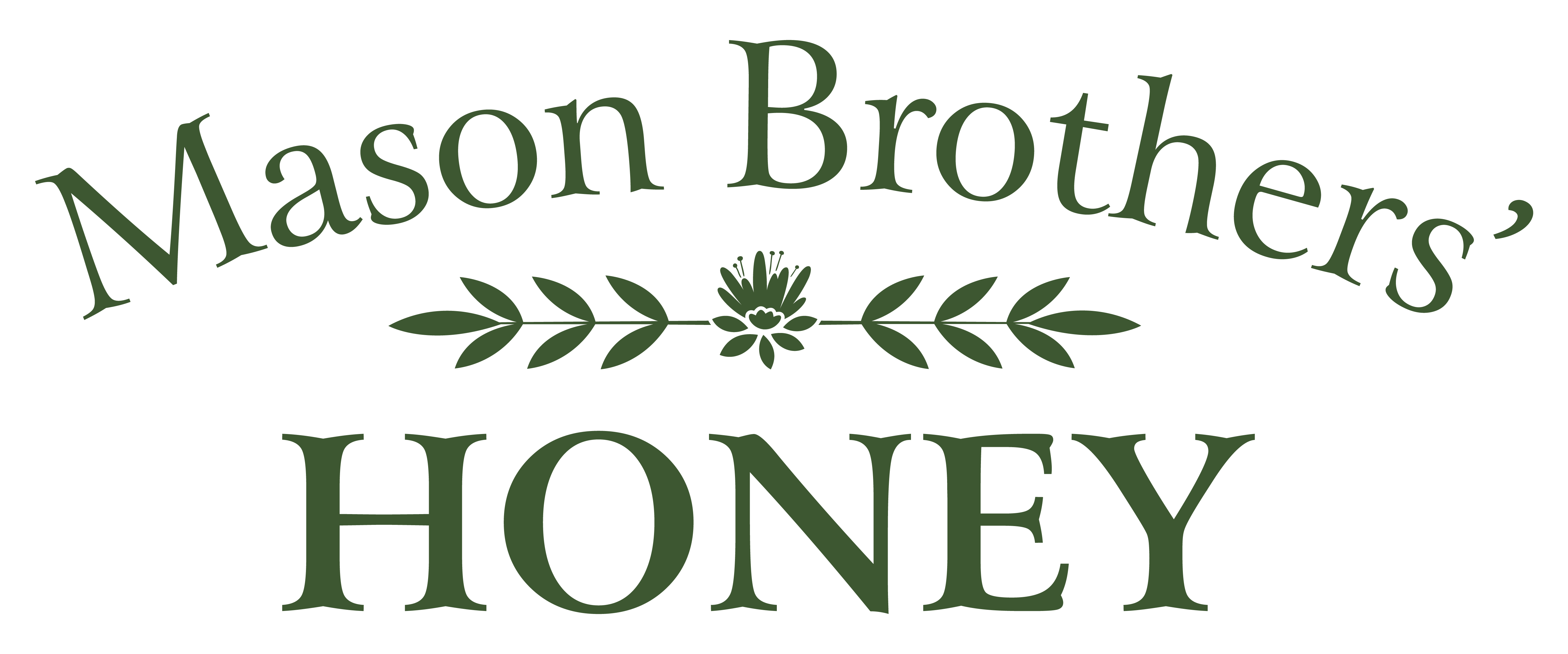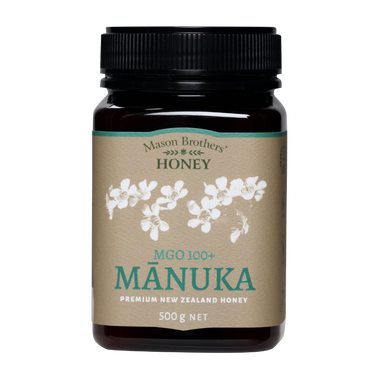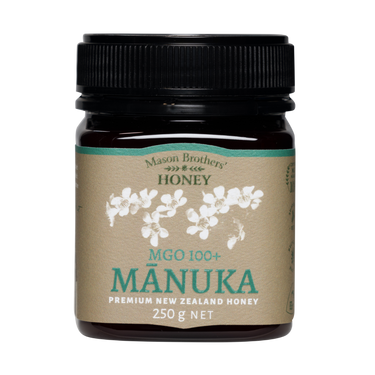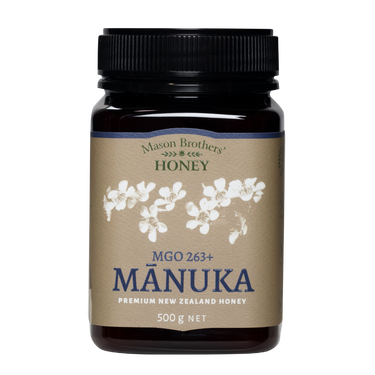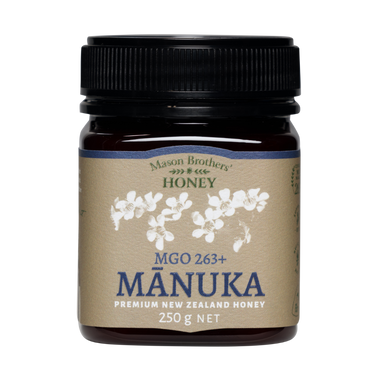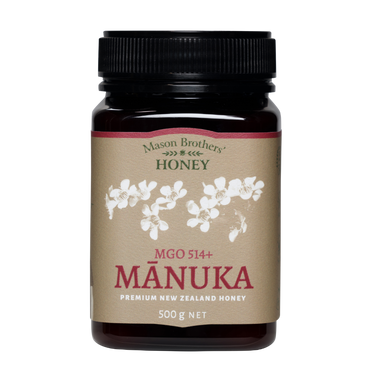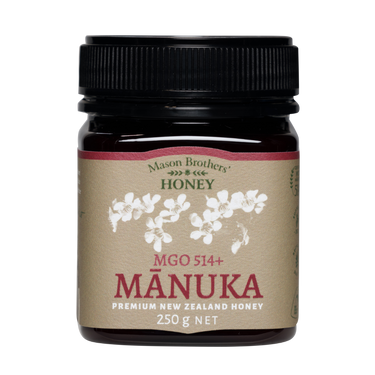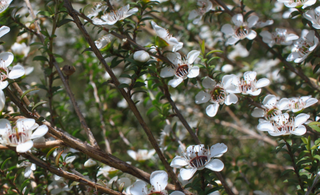
In the realm of natural remedies, few products have garnered as much attention and admiration as New Zealand's prized Mānuka honey. Renowned for its unique properties and exceptional benefits, Manuka honey has become a global sensation. Collected by bees from the nectar of New Zealand's native Manuka tree (Leptospermum scoparium), this golden elixir has a fascinating story deeply rooted in the culture and biodiversity of New Zealand.
Origins and Production
The story of Manuka honey begins with the Manuka bush, which is native to New Zealand. This bushy evergreen tree thrives in rugged landscapes and is known for its distinctive white or pink flowers. The bees that feast on the nectar from these blooms create a honey that stands apart from other varieties in both taste and composition.
The production of Mānuka honey is a meticulous process. Beekeepers place their hives in remote and untouched regions, allowing bees to forage exclusively on Manuka flowers. What sets this honey apart is its high concentration of methylglyoxal (MGO), a naturally occurring compound that results from the conversion of dihydroxyacetone(DHA) found in the Mānuka nectar. The higher the MGO level, the more potent the honey's antimicrobial properties.
Health Benefits and Unique Qualities
What truly sets Manuka honey apart is its remarkable range of health benefits. For centuries, indigenous Māori people have used the Mānuka bush for its medicinal properties, including wound healing, digestive aid, and general wellness support.
The potent properties of Manuka honey make it an unique natural remedy for support against infections and bacteria. It is reported by consumers as beneficial in treating sore throats, coughs, and skin ailments like acne and eczema. Studies are ongoing and some are looking into its role in promoting digestive health and aiding in the management of gastric ulcers.
Manuka honey is graded based on its MGO levels, which range from around 50+ to rare and powerful 1500+ MGO. The higher the MGO, the more valuable and potent the honey becomes. As a result, it has become a highly sought-after ingredient in health and beauty products, earning a permanent spot in many households and pharmacies worldwide.
Sustainability and Conservation
Beyond its medicinal properties, the story of Mānuka honey is also entwined with environmental stewardship and conservation. The Manuka tree is a pioneering species which means after a landslip or bush fire the Manuka bush is the first to grow in the harsh conditions helping heal even the land! It is often found in remote areas, encouraging sustainable beekeeping practices. The delicate balance between bees and nature is safeguarded by conscientious beekeepers who respect the flora and fauna of these regions.
To protect the integrity and authenticity of New Zealand's Manuka honey, the New Zealand government has established a stringent Mānuka Honey science definition. This ensures that consumers receive genuine, high-quality Manuka honey while safeguarding the industry's future.
The tale of New Zealand Mānuka honey is one of nature's most remarkable stories. From its origins in the wild landscapes of New Zealand to its prized position in households around the globe, Manuka honey's unique properties and health benefits have captivated the world. As we continue to explore the wonders of nature's remedies, the Manuka tree and its golden nectar stand as a testament to the healing power of our natural environment. Whether enjoyed by the spoonful, added to recipes, or used as a topical solution, Mānuka honey continues to leave an indelible mark on the world of natural health and wellness.
